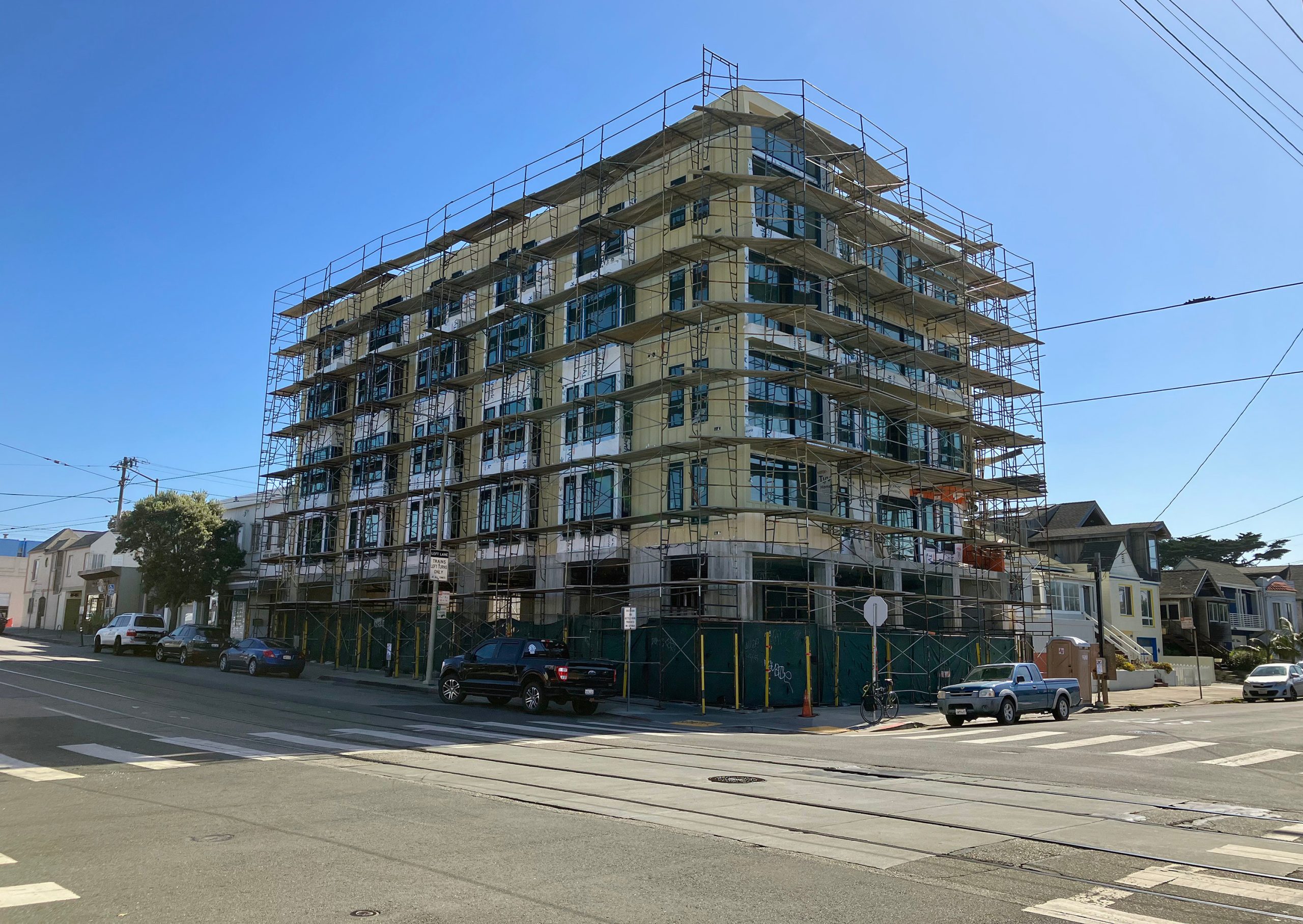New CEQA exemptions accelerate housing and infrastructure growth in California

California has taken a significant step toward accelerating housing and infrastructure development with the signing of two pivotal bills into law by Governor Gavin Newsom. These legislative measures aim to streamline the traditionally cumbersome permitting process under the California Environmental Quality Act (CEQA), which has long been both a safeguard for environmental concerns and a hurdle for developers.
The CEQA, enacted in 1970, mandates extensive environmental reviews for new projects, assessing potential impacts on ecosystems, traffic, air quality, and even archaeological sites. While it was designed to protect communities and natural resources, critics argue that its broad interpretation has often led to costly delays and legal challenges that stall essential developments.
Two new laws—Assembly Bill 609 and Senate Bill 607—are set to change this landscape by offering exemptions and streamlining procedures for qualifying urban housing and infrastructure initiatives. The legislation was co-sponsored by the Bay Area Council, a coalition of business and industry leaders focused on regional growth issues.
Assembly Bill 609: Streamlining Urban Housing Approvals
AB 609 provides CEQA exemptions for housing developments in urban areas up to 20 acres—roughly the size of eight to ten city blocks or 15 football fields. This includes land previously used for residential, commercial, or parking purposes, as well as parcels adjacent to parks but surrounded by urban development.
Additionally, the bill allows exemptions for housing projects in unincorporated communities with at least 5,000 residents or 2,000 housing units. It also includes provisions for air quality, requiring HVAC intakes to face away from freeways if the project is within 500 feet of one. Notably, high-rise buildings over nine or ten stories still require more rigorous review.
Jim Wunderman, CEO of the Bay Area Council, emphasized how these changes can help reduce housing costs and support sustainable living patterns by enabling people to live closer to jobs and transit hubs.
“The burden is on the developer to prove with great certainty that the result of the development will not have a negative consequence for the community,” he said. “That’s a really hard thing to prove. It is expensive. It takes time.”
He added that the current system is vulnerable to legal challenges from individuals or groups who can halt or alter projects based on minor discrepancies in thousands of pages of documentation.
Senate Bill 607: Infrastructure Projects Get a Green Light
SB 607 expands CEQA exemptions to include energy, transportation, water, and semiconductor manufacturing projects that meet specific environmental and labor standards. These streamlined approvals are set to expire on January 1, 2033.
However, the bill notably excludes the Delta Conveyance Project—a contentious proposal backed by Governor Newsom to build a massive tunnel beneath the Sacramento-San Joaquin Delta to transport water southward.
This exclusion highlights the political sensitivity surrounding large-scale infrastructure and water rights in the state, particularly in light of climate change and increasing drought conditions.
Addressing Concerns and Oversight Gaps
Despite the optimism surrounding these reforms, critics and legislative analysts have pointed out potential blind spots. For example, the AB 609 exemption could apply to low-density housing developments near small towns, raising concerns about wildfire risks and outdated general plans failing to account for modern fire safety protocols.
Moreover, there are questions about how hazardous materials discovered during construction would be evaluated and remediated, and whether tribal communities would have sufficient opportunity to assess potential damage to cultural resources before projects break ground.
“Once you start getting nine to ten-story buildings, you’re back to having a bigger review,” Wunderman noted, underscoring that while exemptions apply to many mid-sized developments, taller structures remain subject to full scrutiny.
A Push for More Homes
The California Department of Housing and Community Development has set an ambitious goal: building 2.5 million new homes by 2030, with at least one million designated as affordable housing for lower-income households. In recent years, the state has struggled to meet even a fraction of that target, with annual housing production falling below 100,000 units, including fewer than 10,000 affordable units.
State Senator Scott Wiener, who authored SB 607, stressed the urgency of reforming regulatory barriers to boost housing supply.
“Governor Newsom signed the bill the second it passed last night, meaning it goes into effect immediately to make California a more affordable place to live,” Wiener said in a statement.
These new laws represent a major shift in how California balances environmental protection with the pressing need for housing and infrastructure expansion. Whether they will successfully accelerate development without compromising public safety or environmental integrity remains to be seen—but for now, they mark a bold attempt to reshape the state’s growth trajectory.
Post a Comment for "New CEQA exemptions accelerate housing and infrastructure growth in California"
Post a Comment